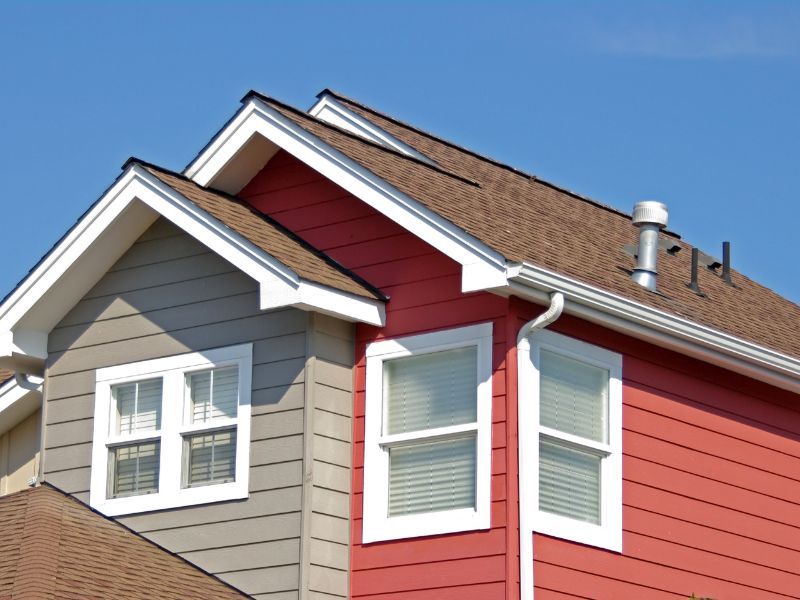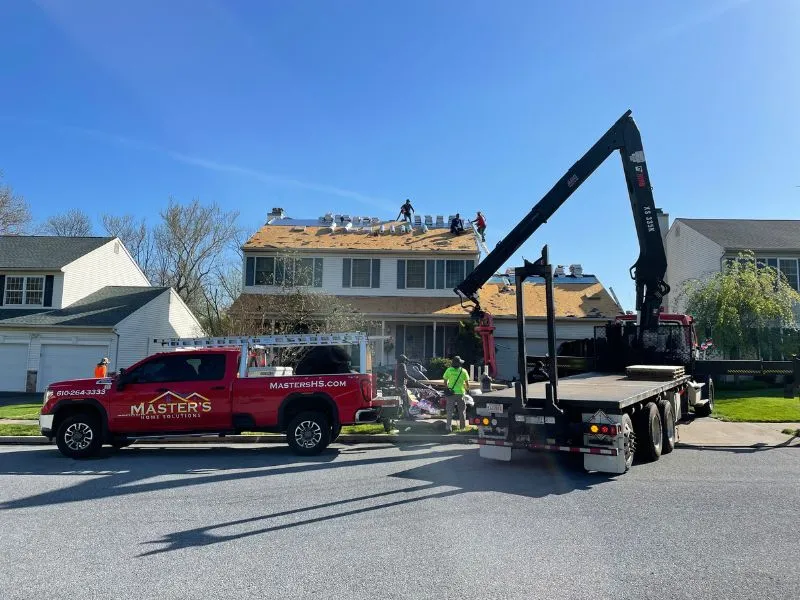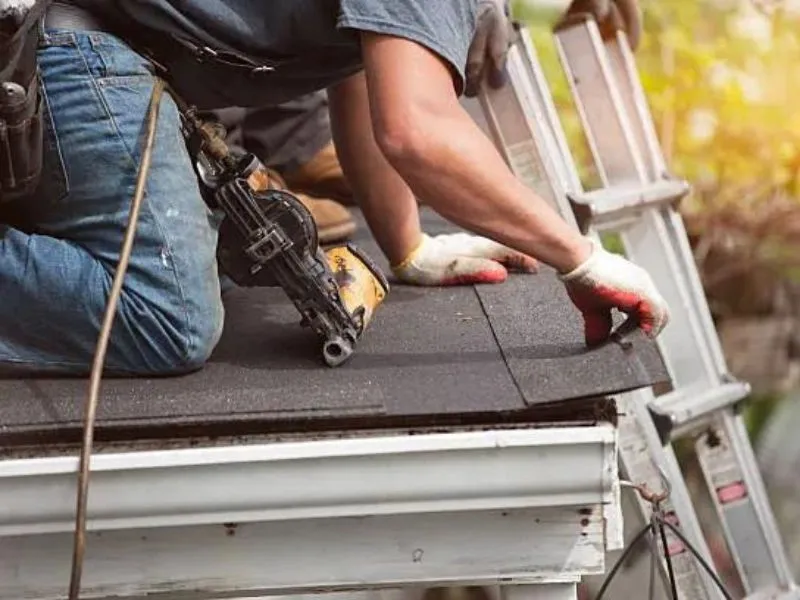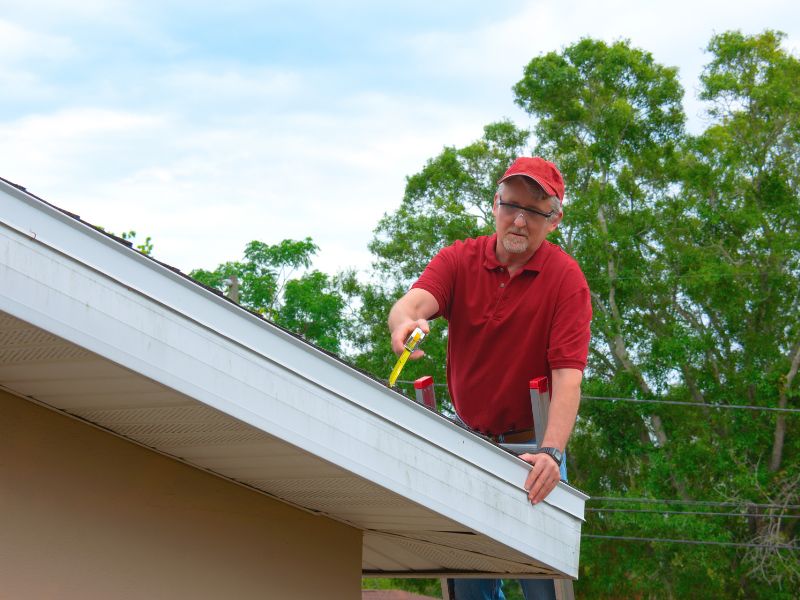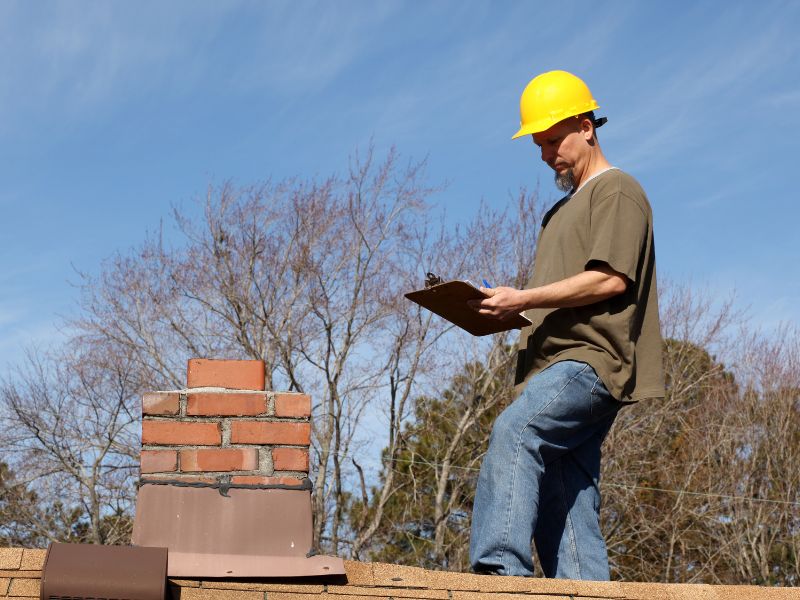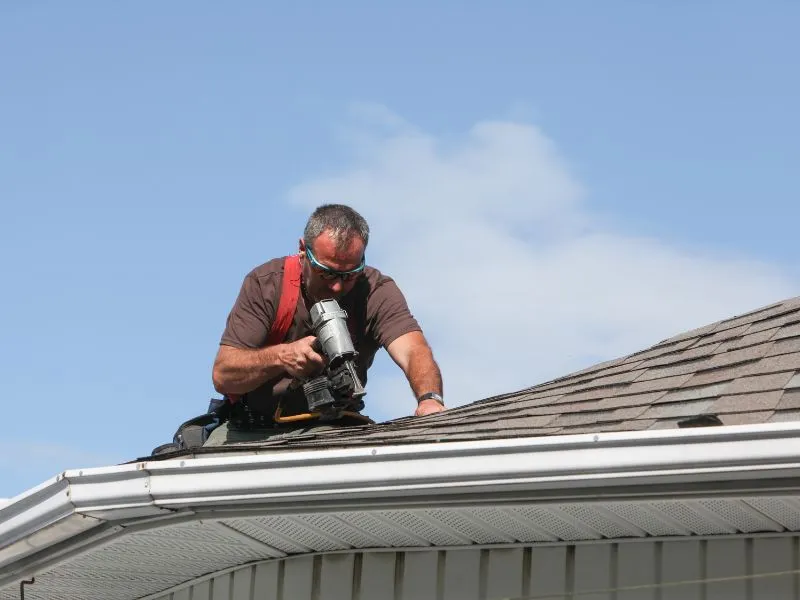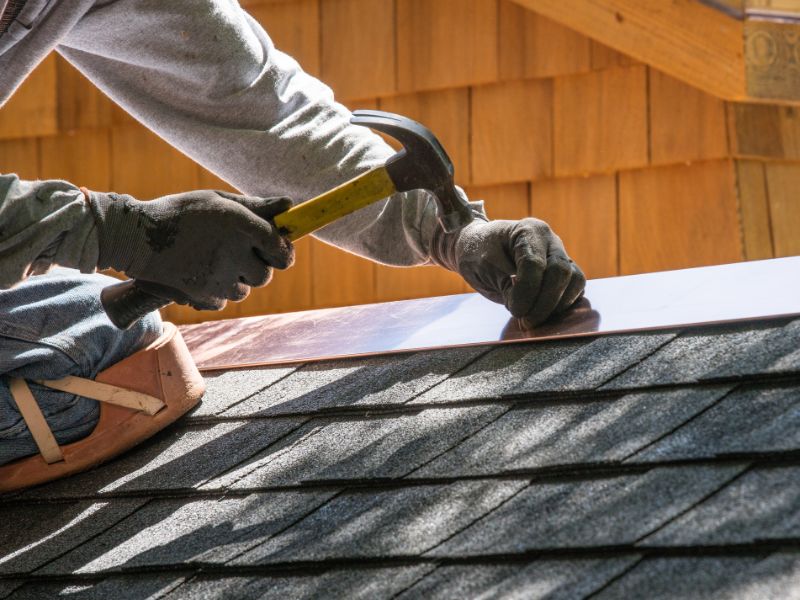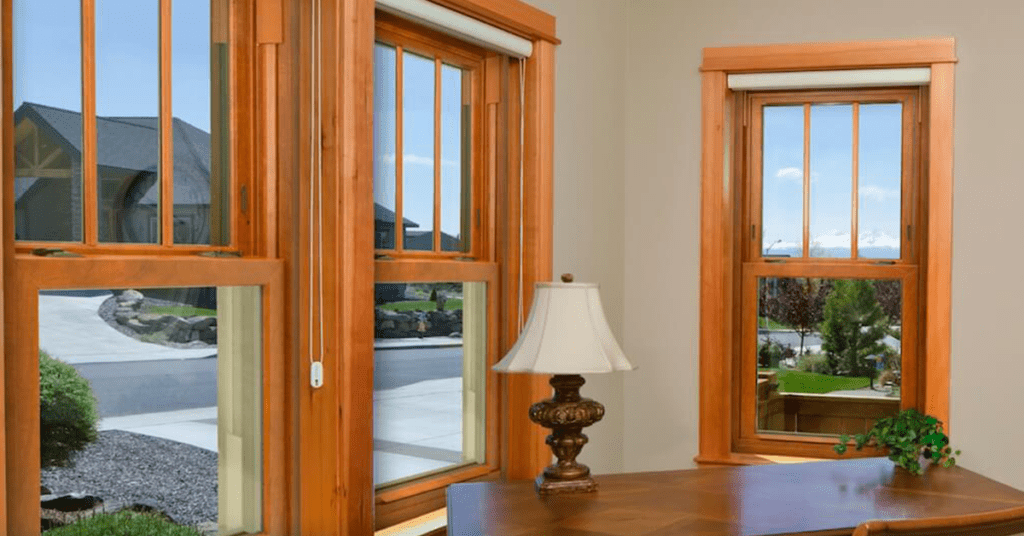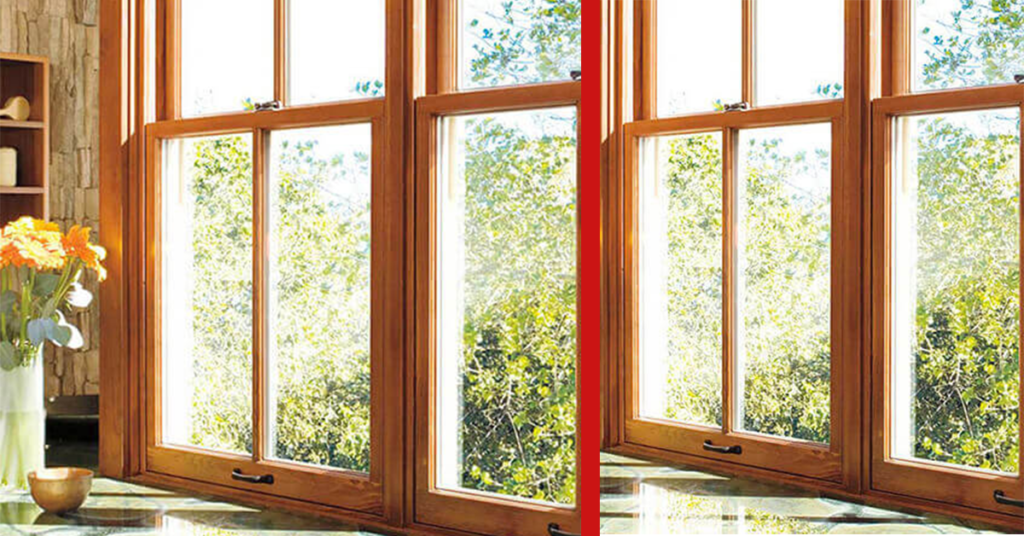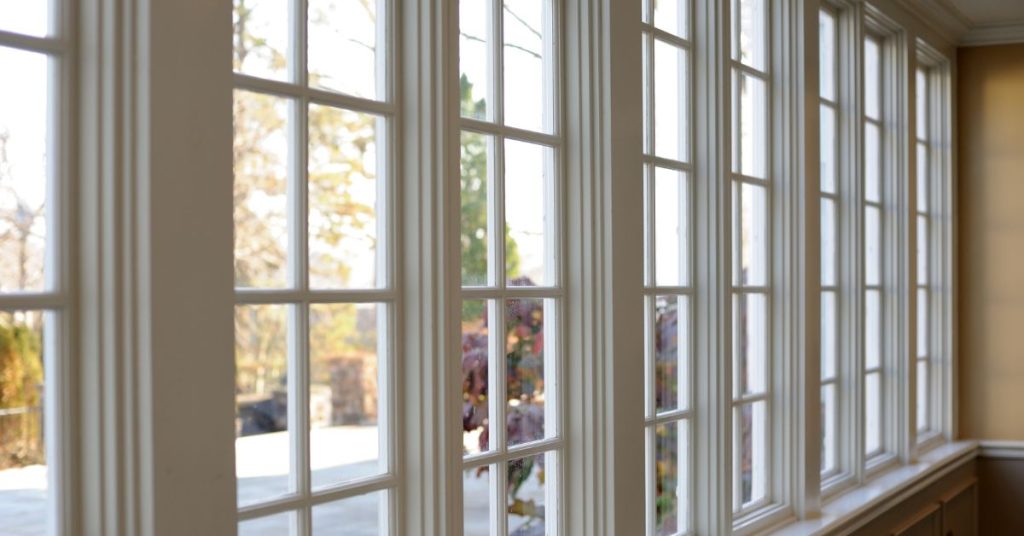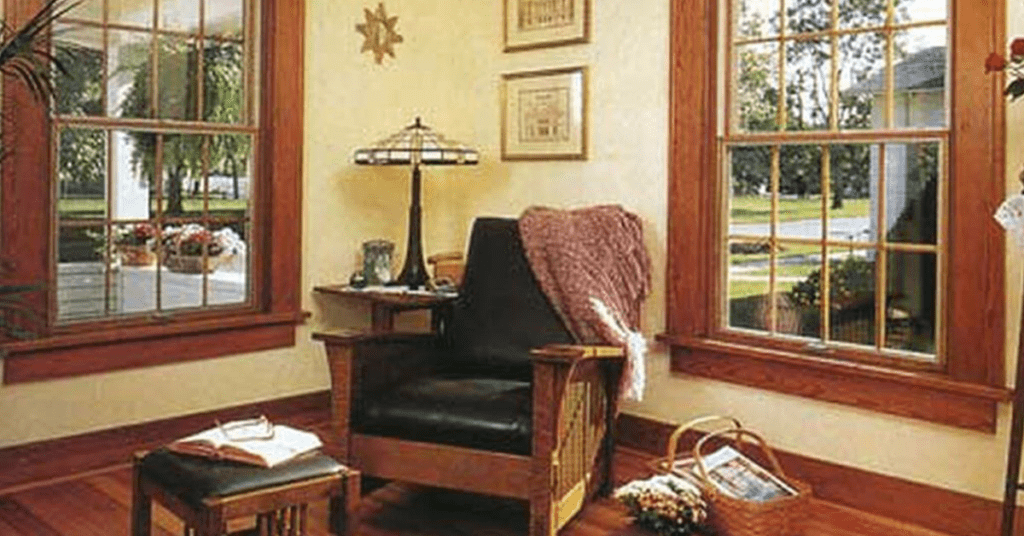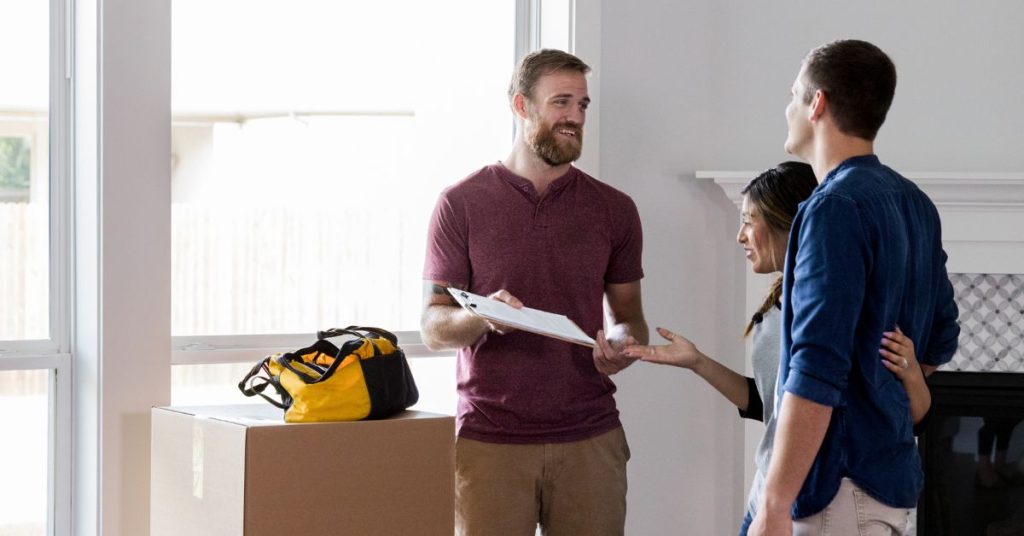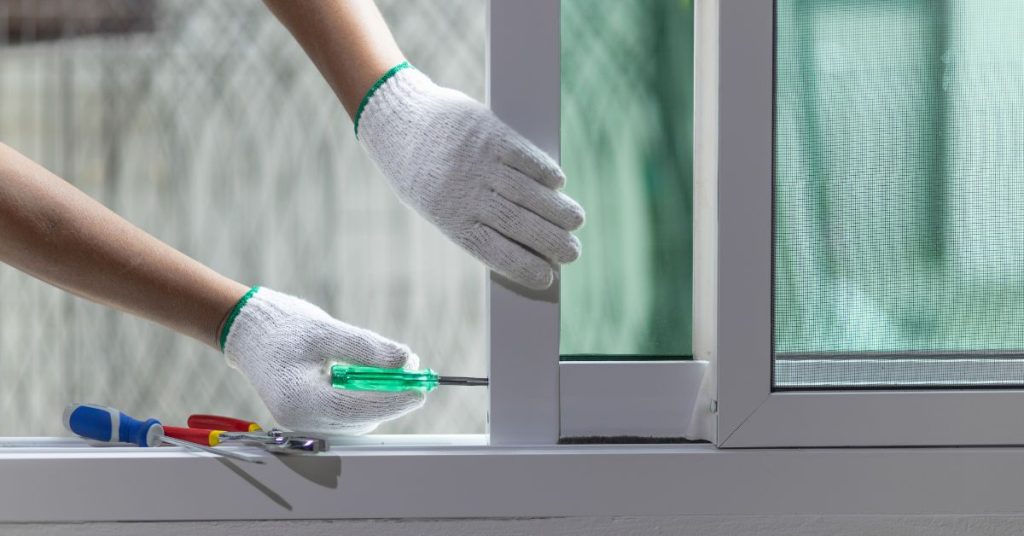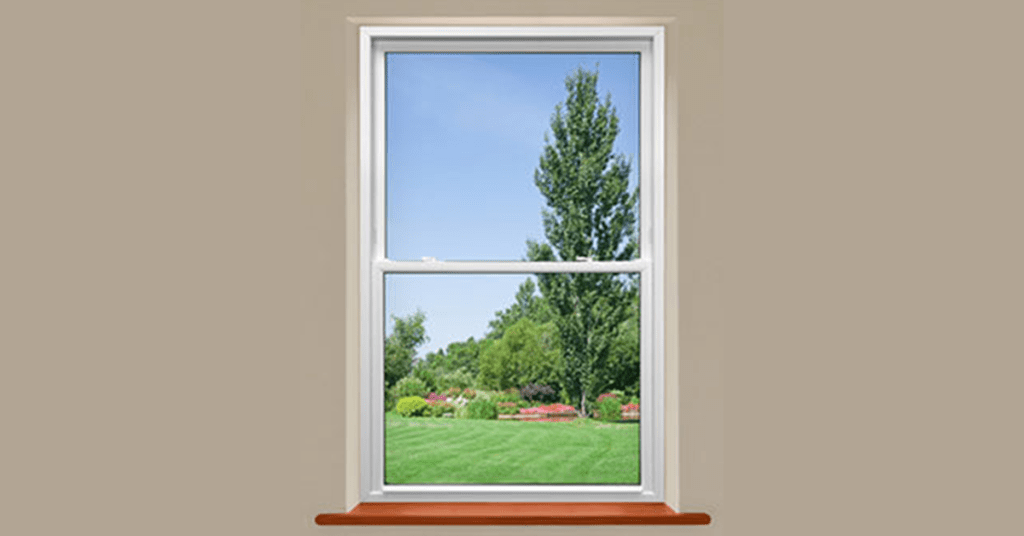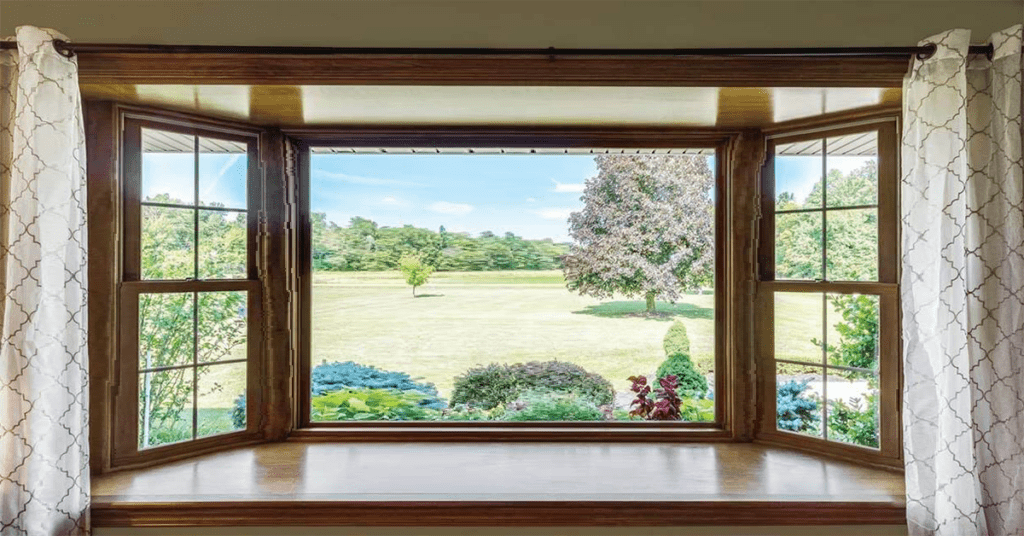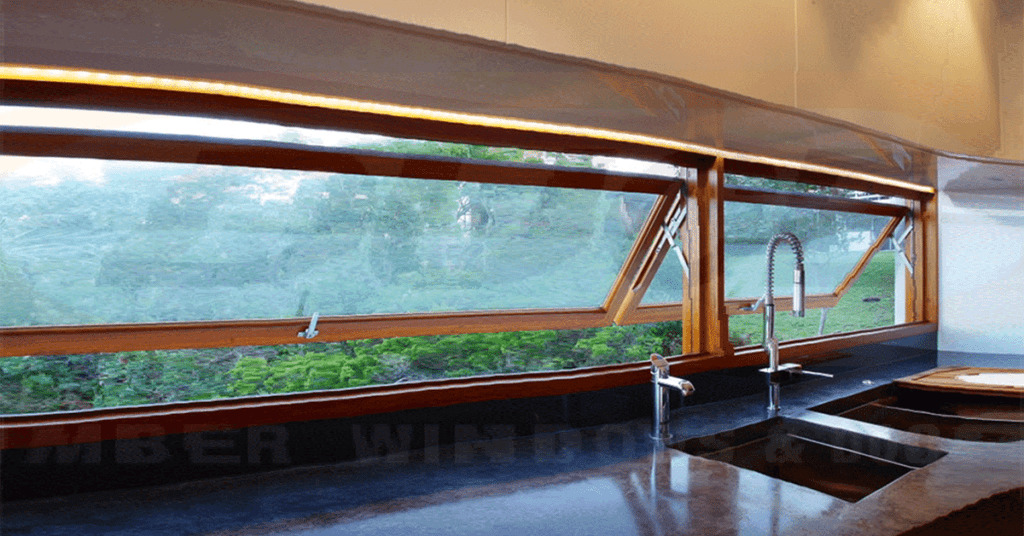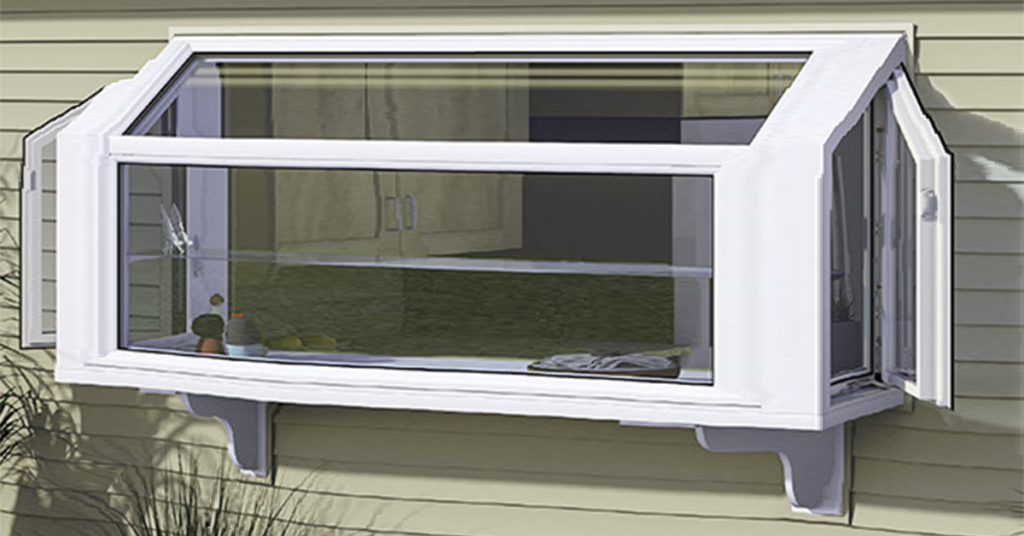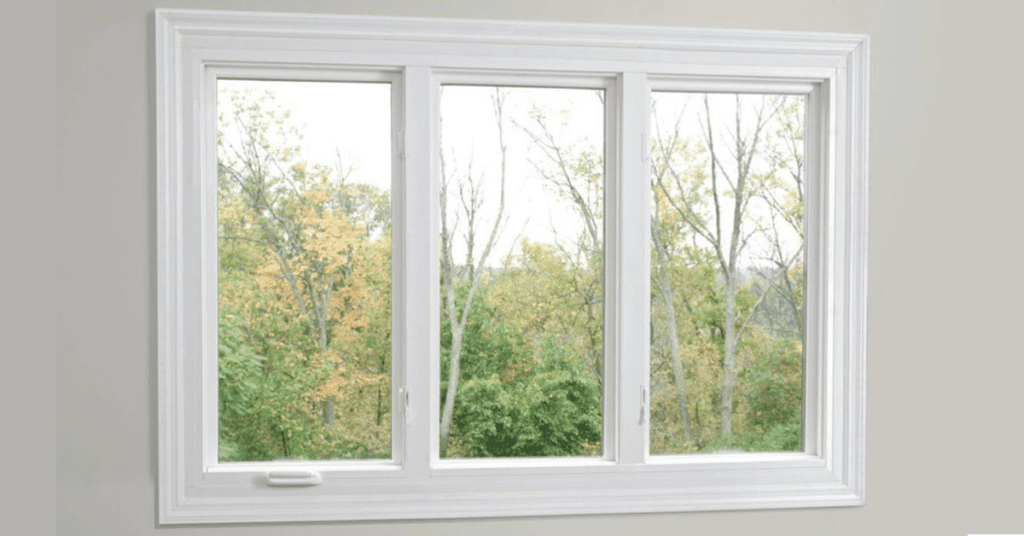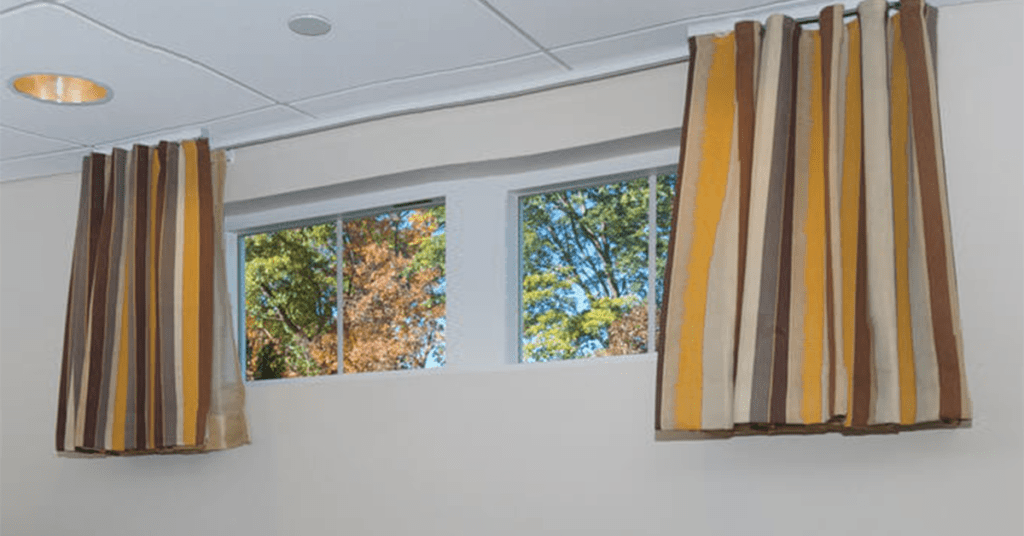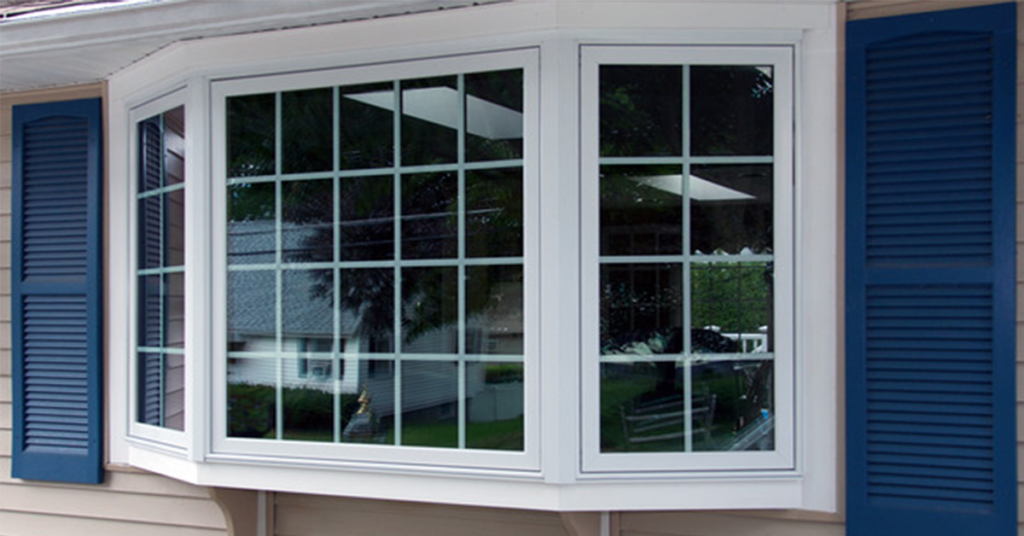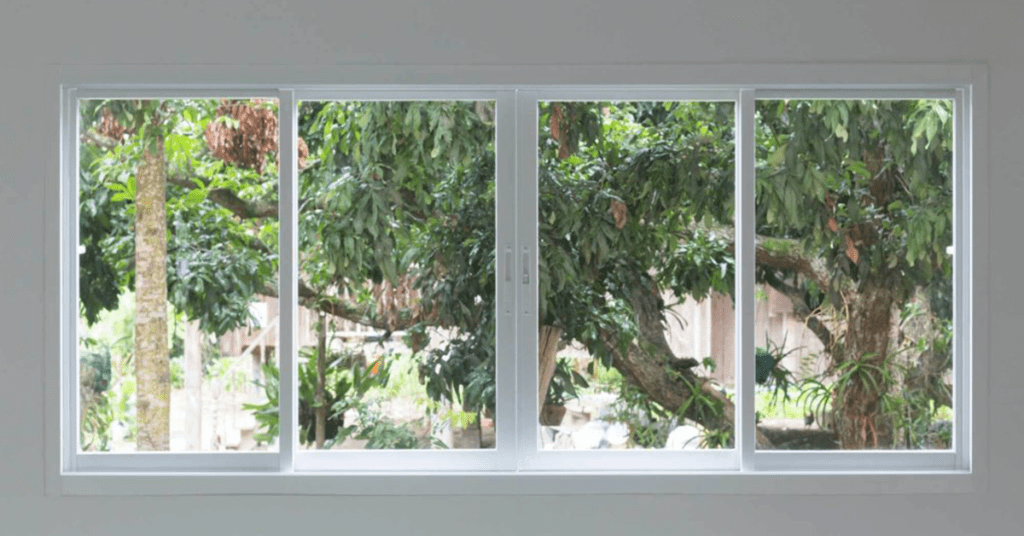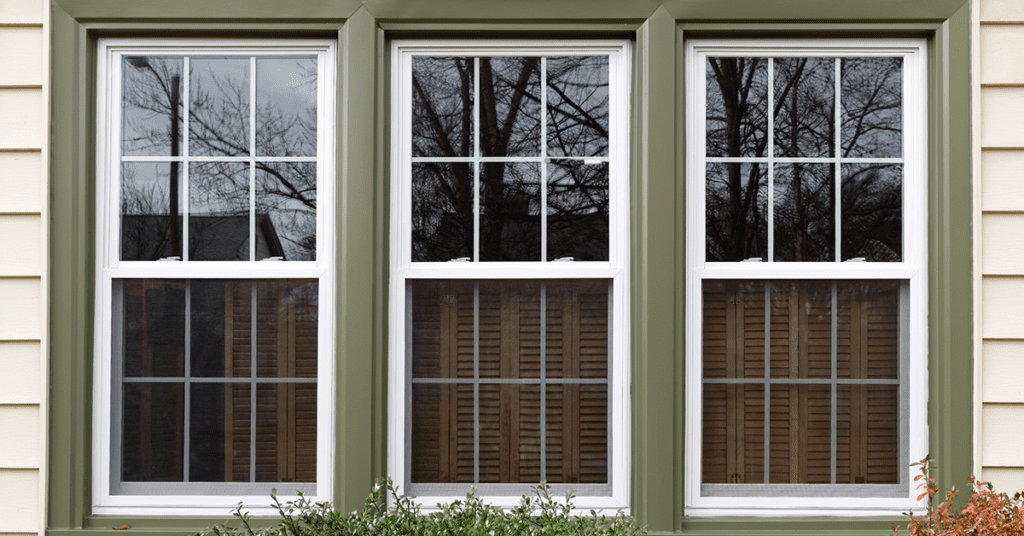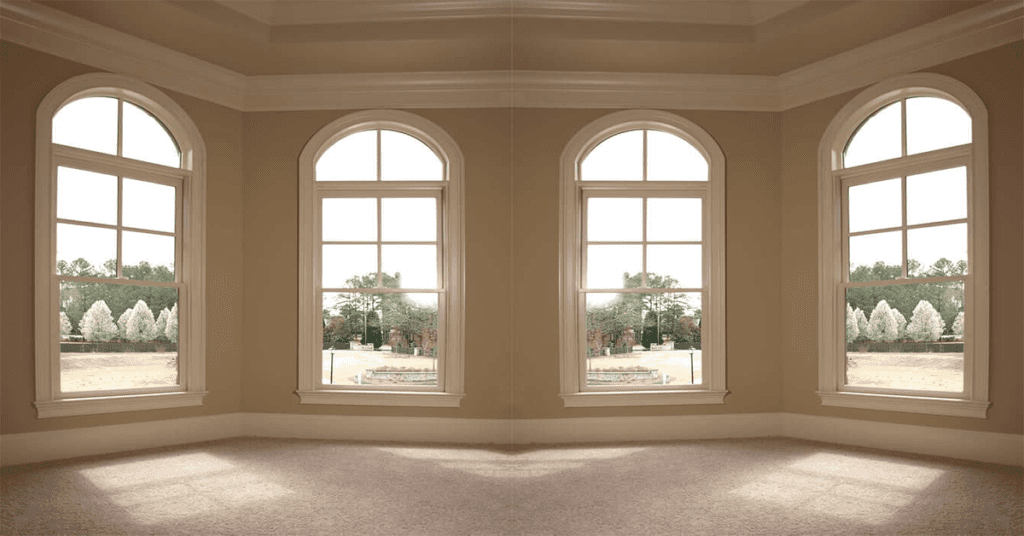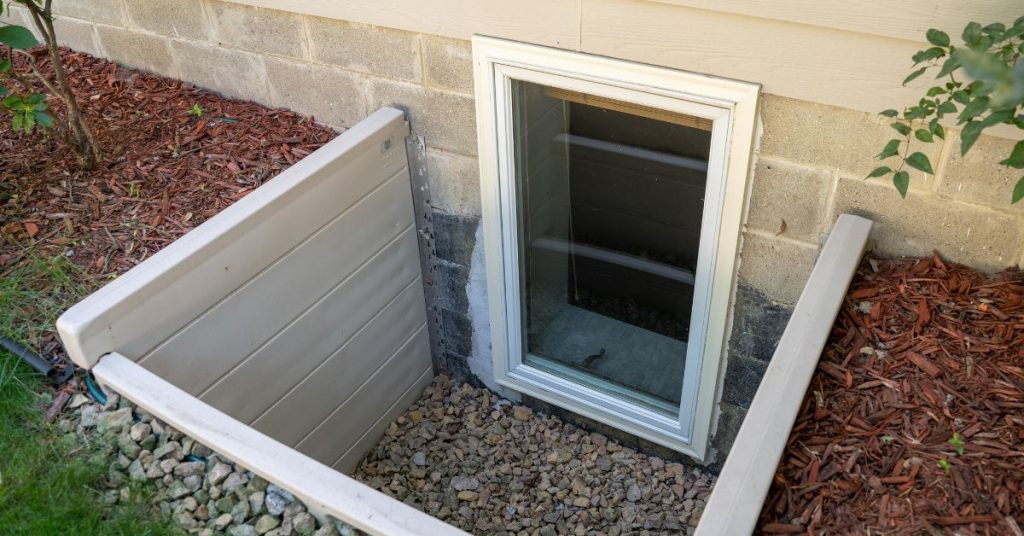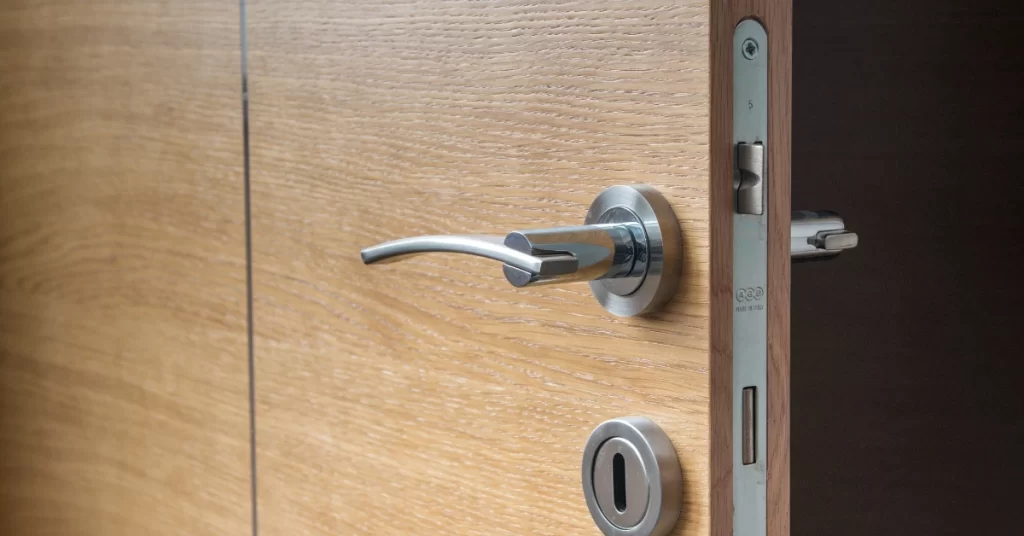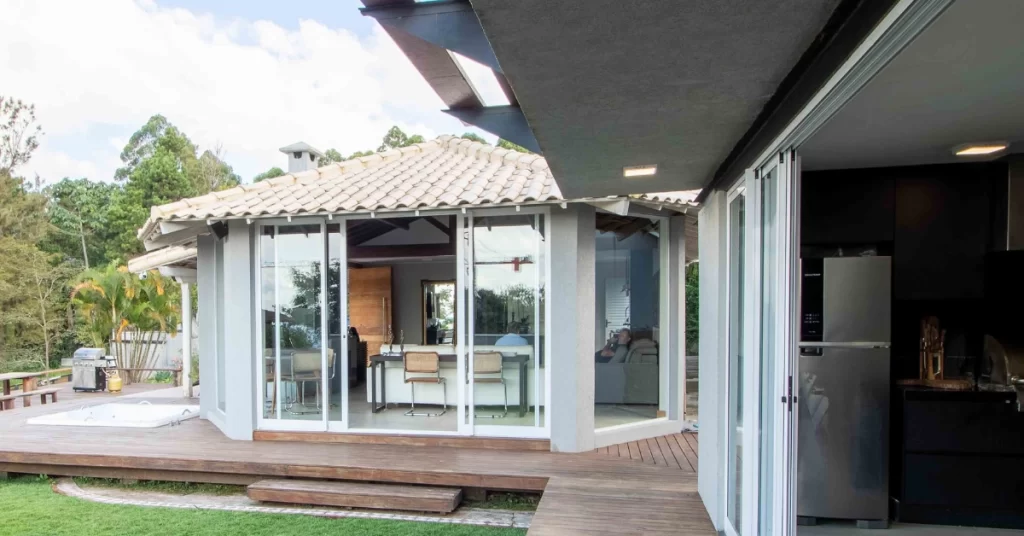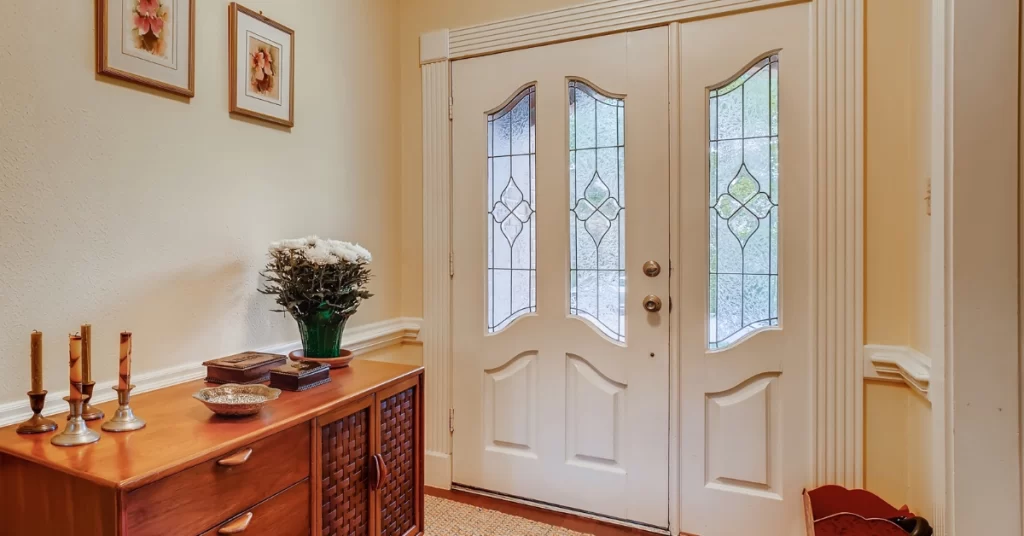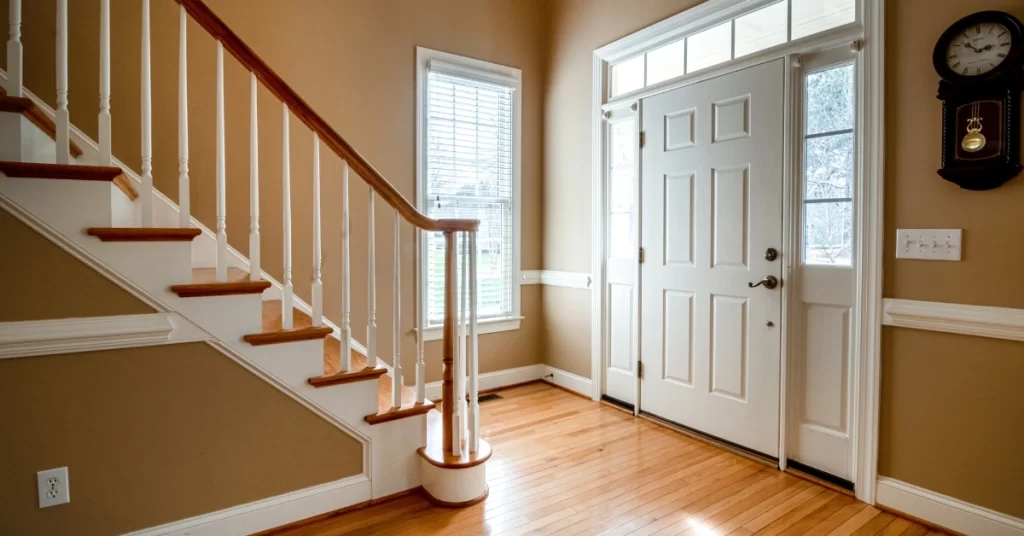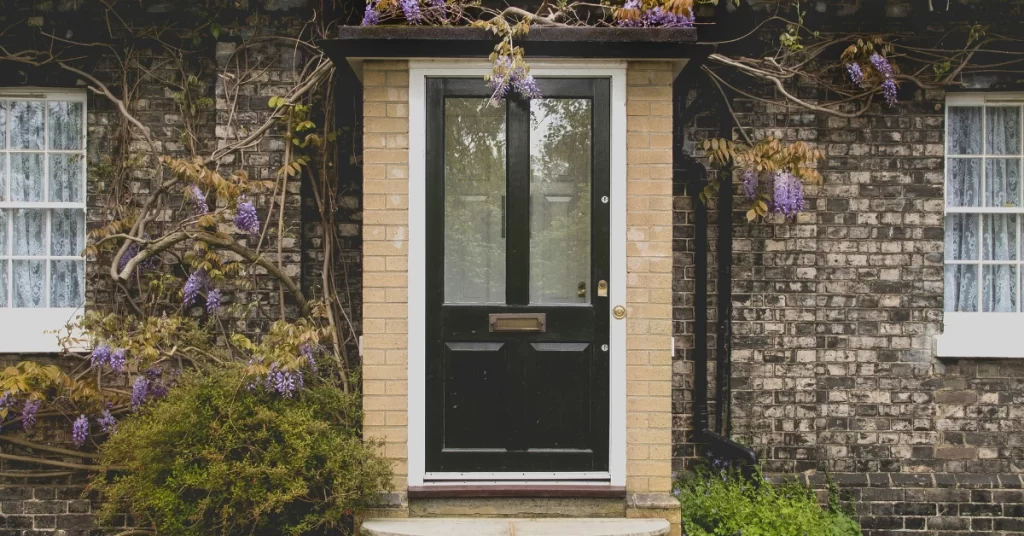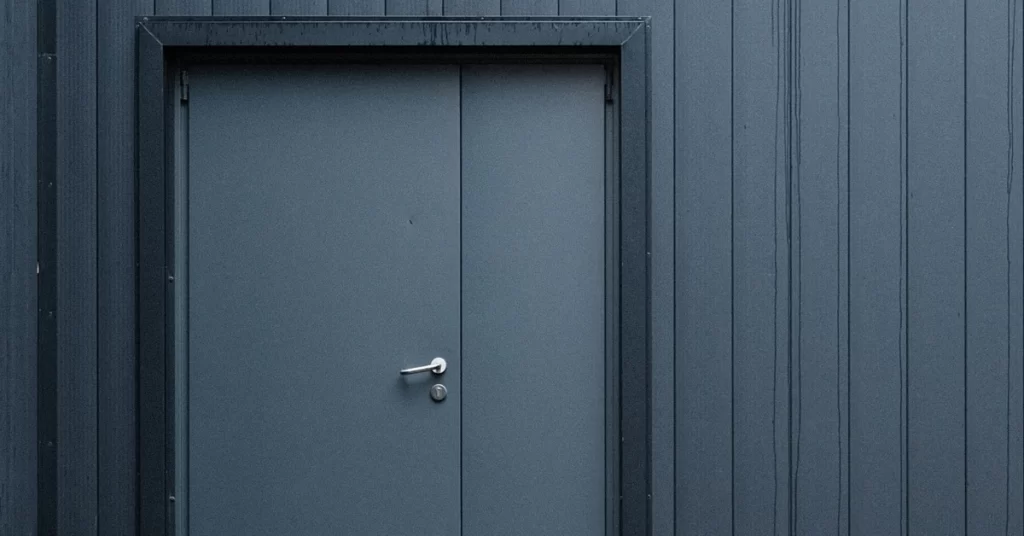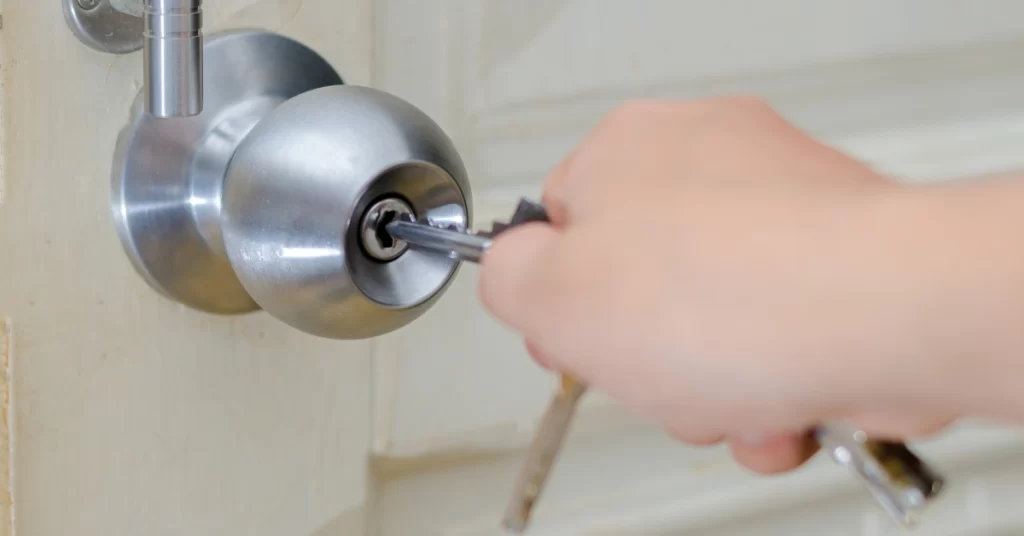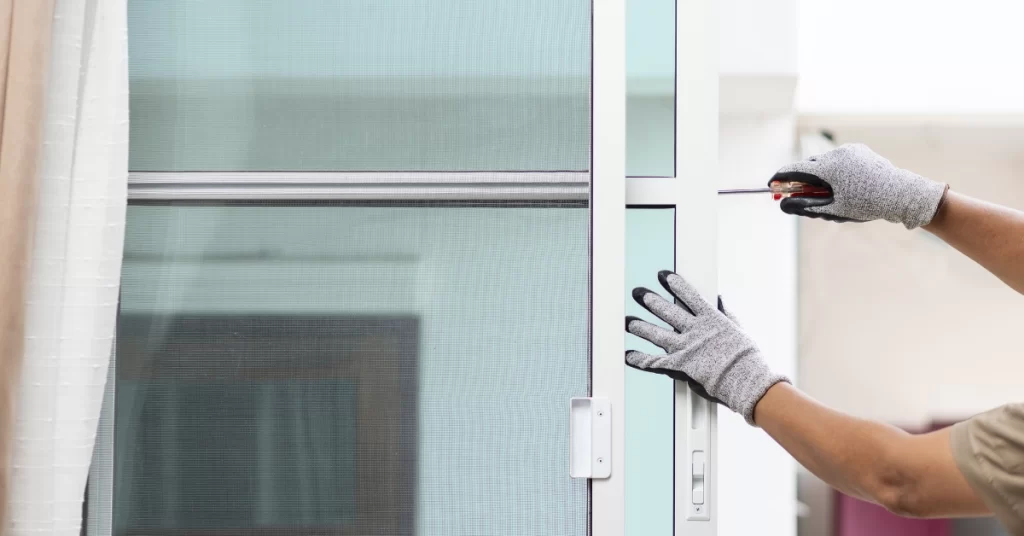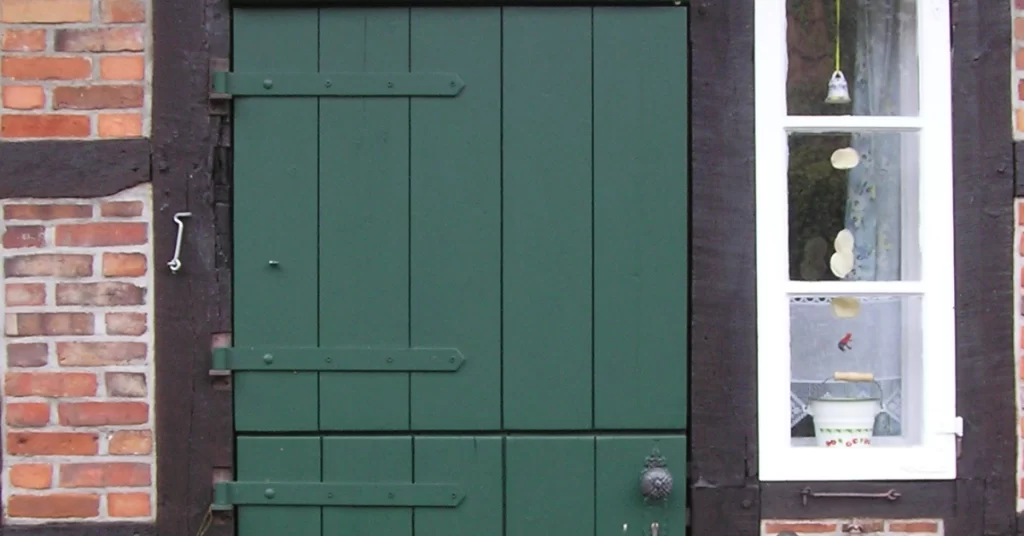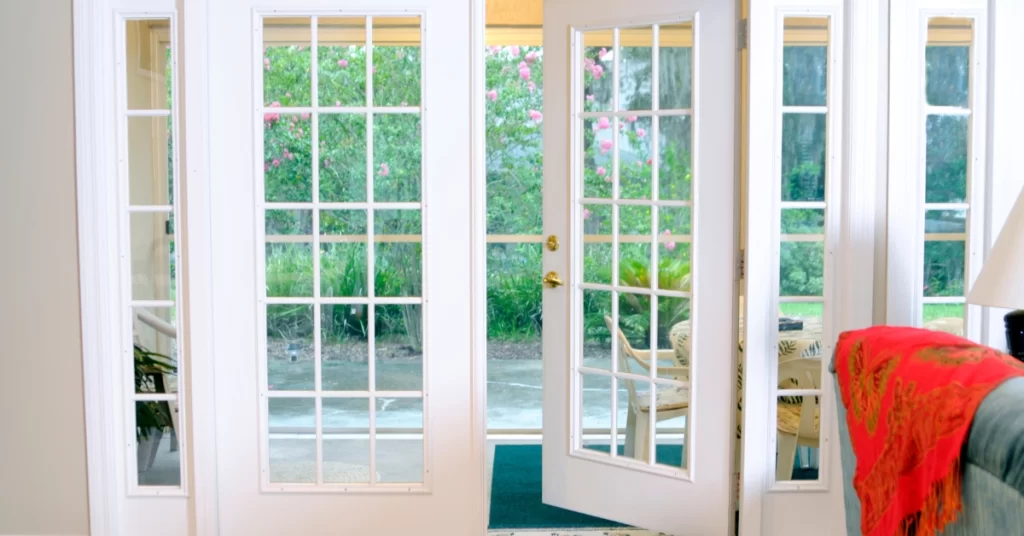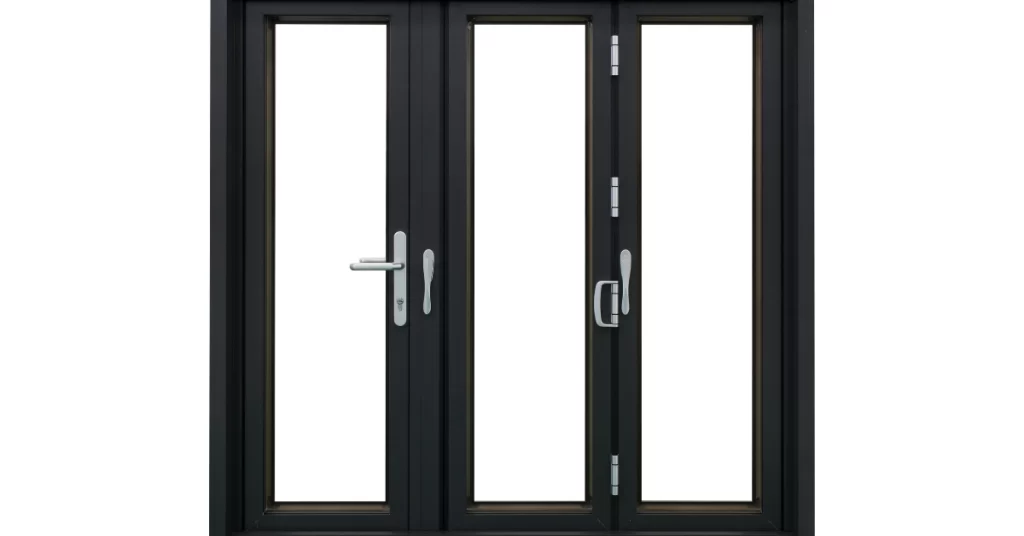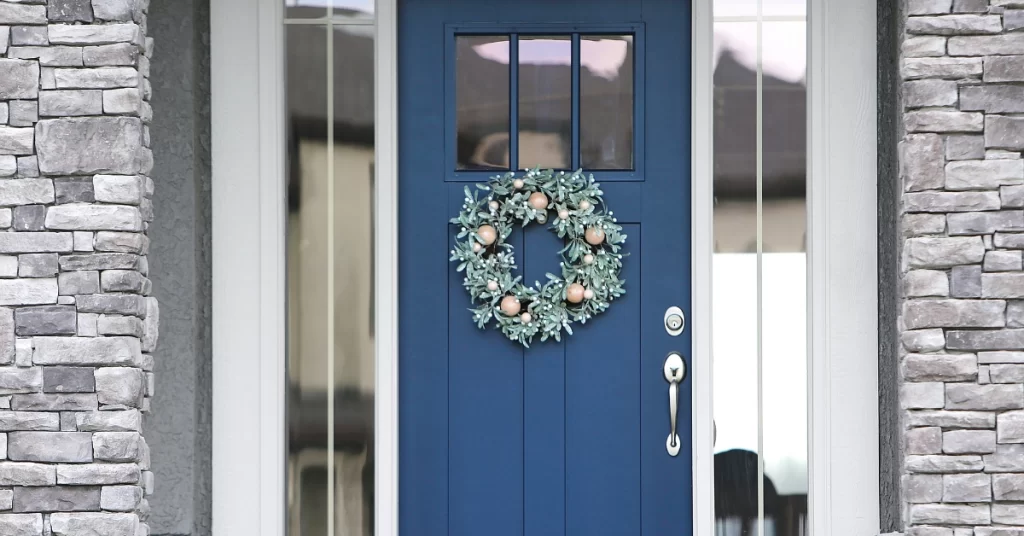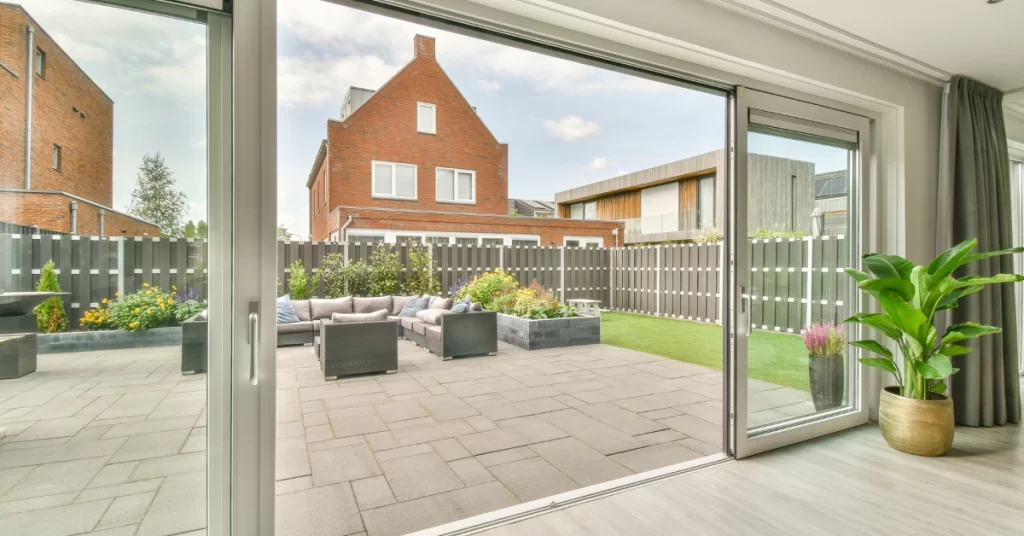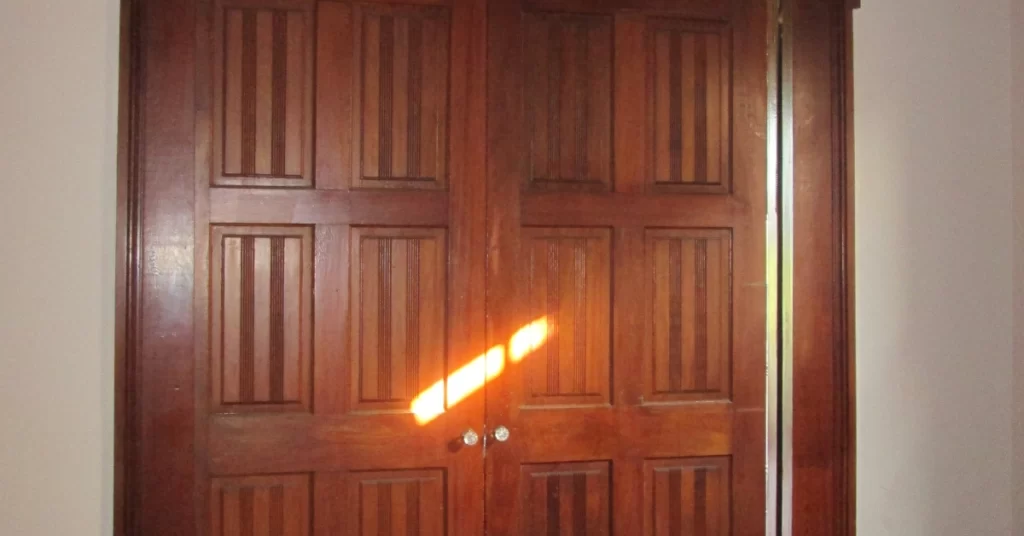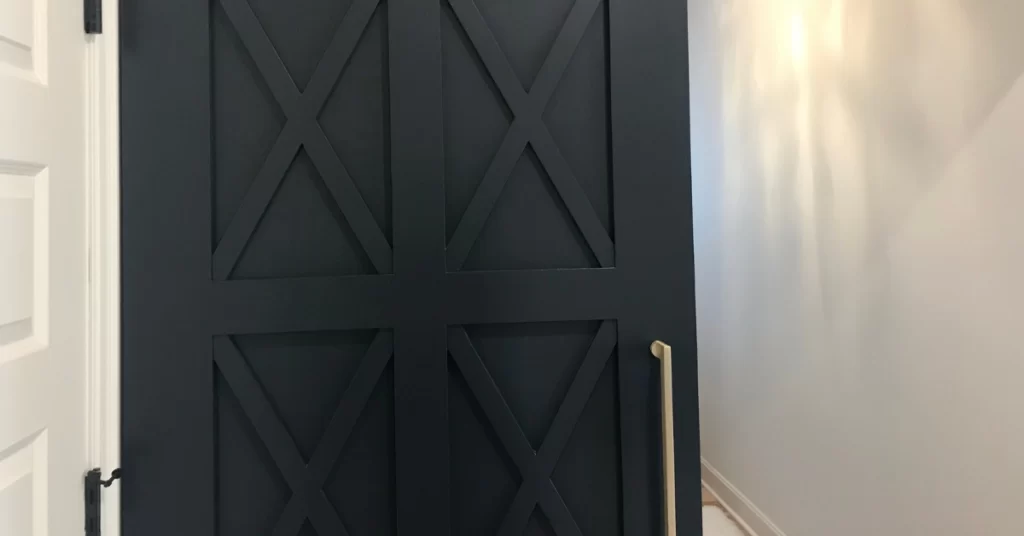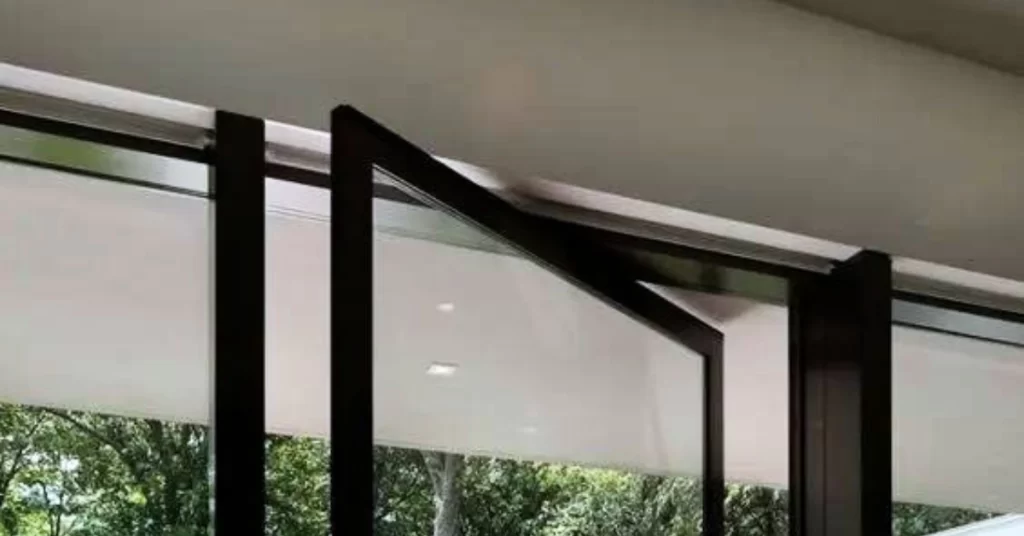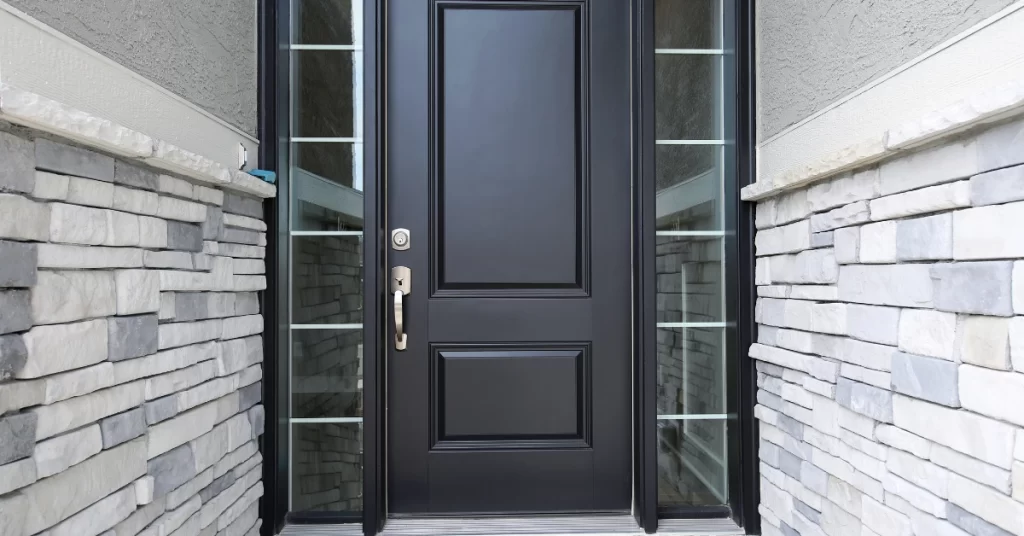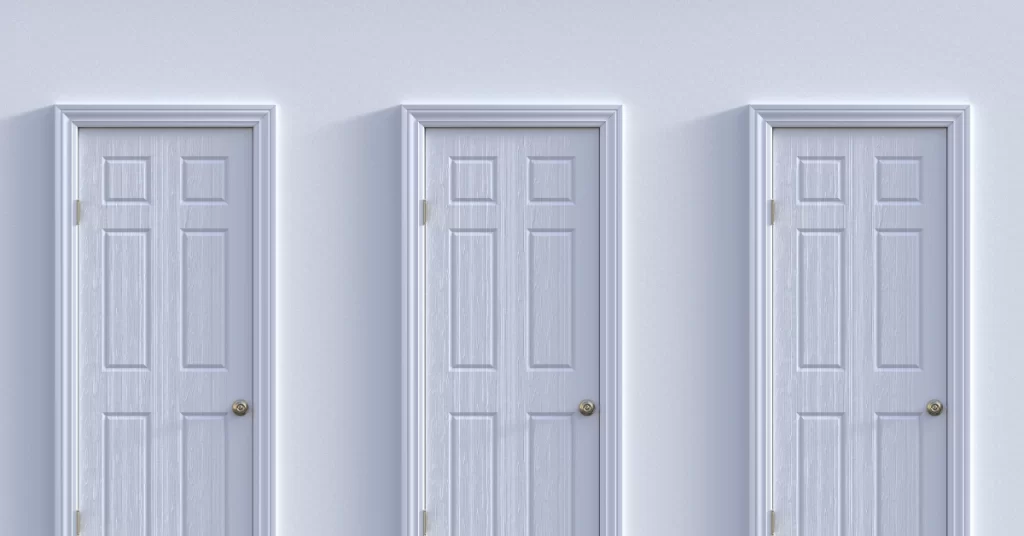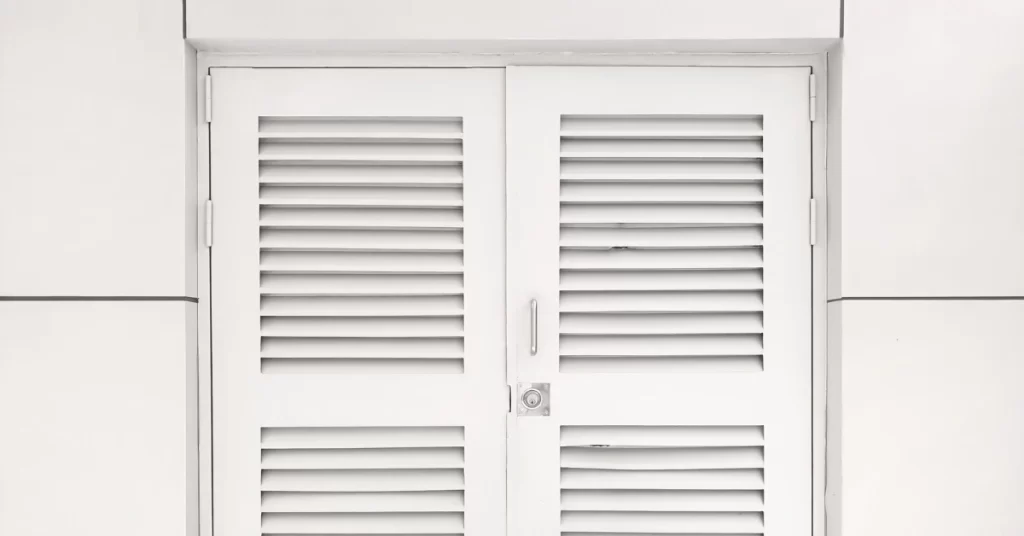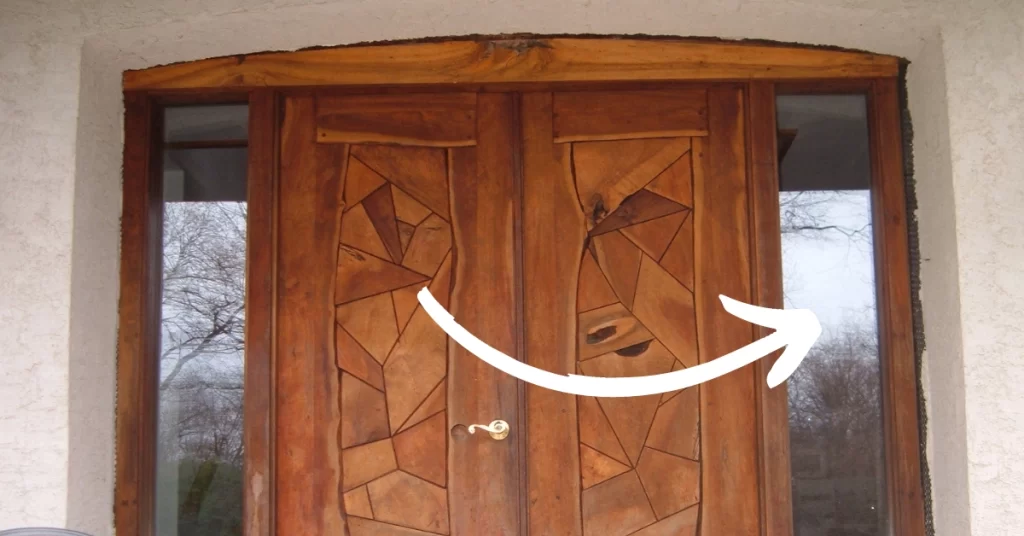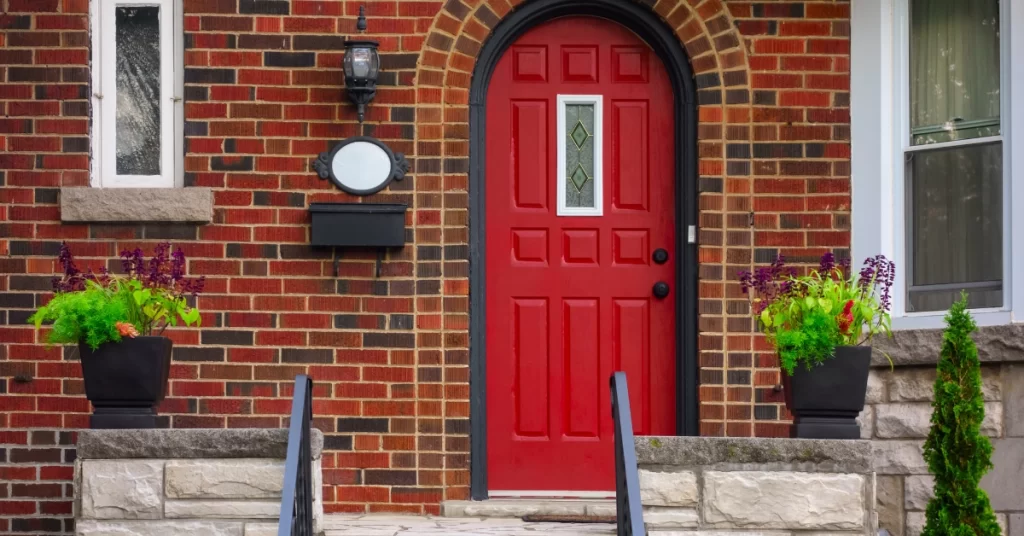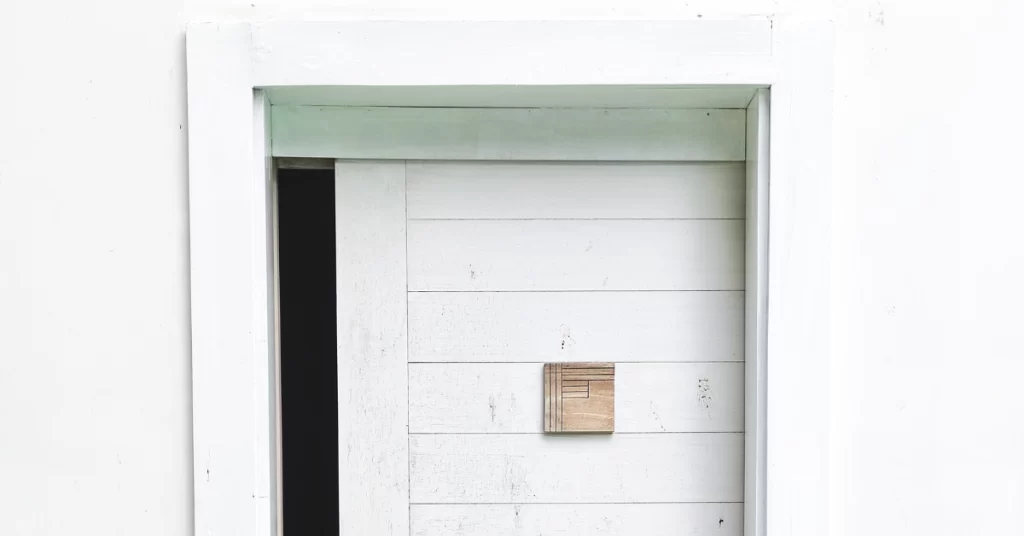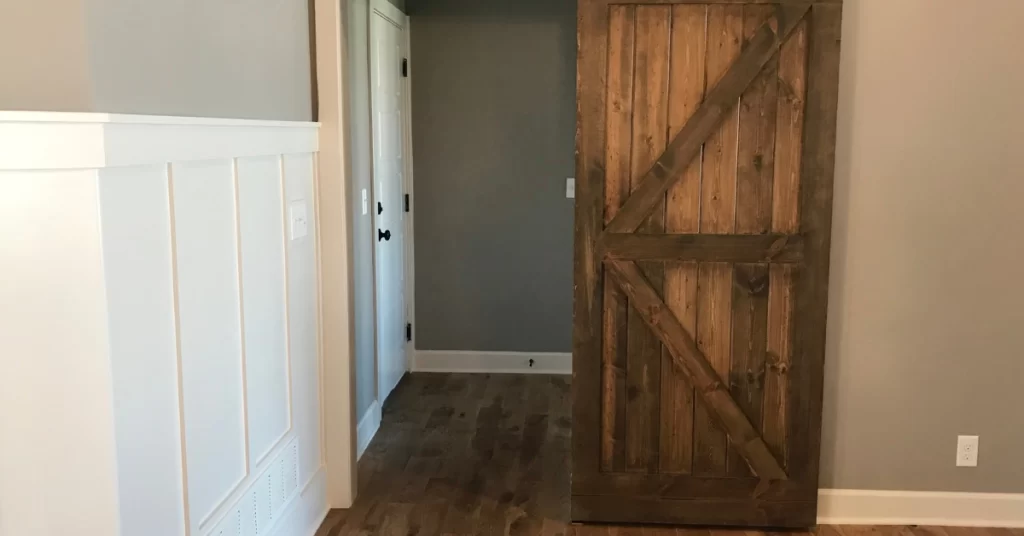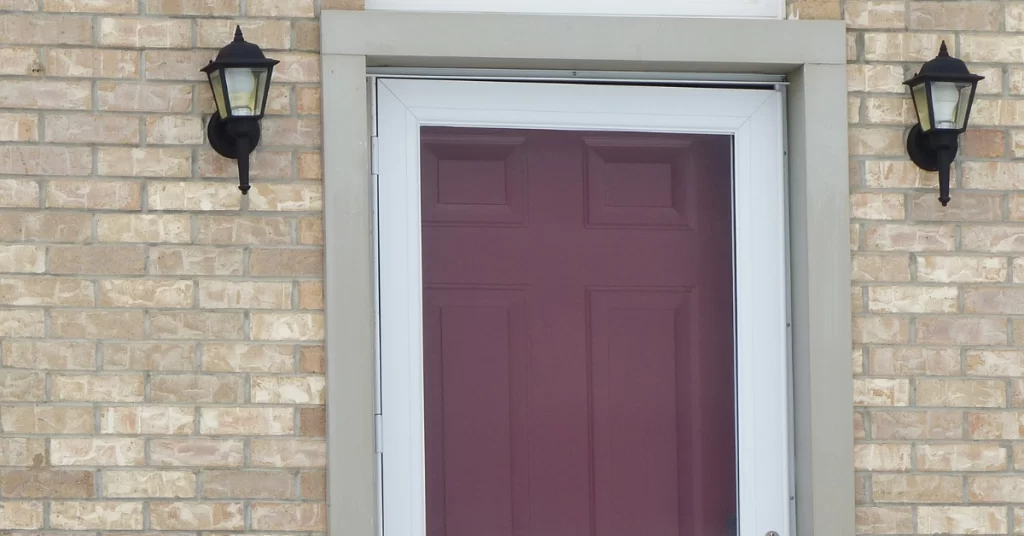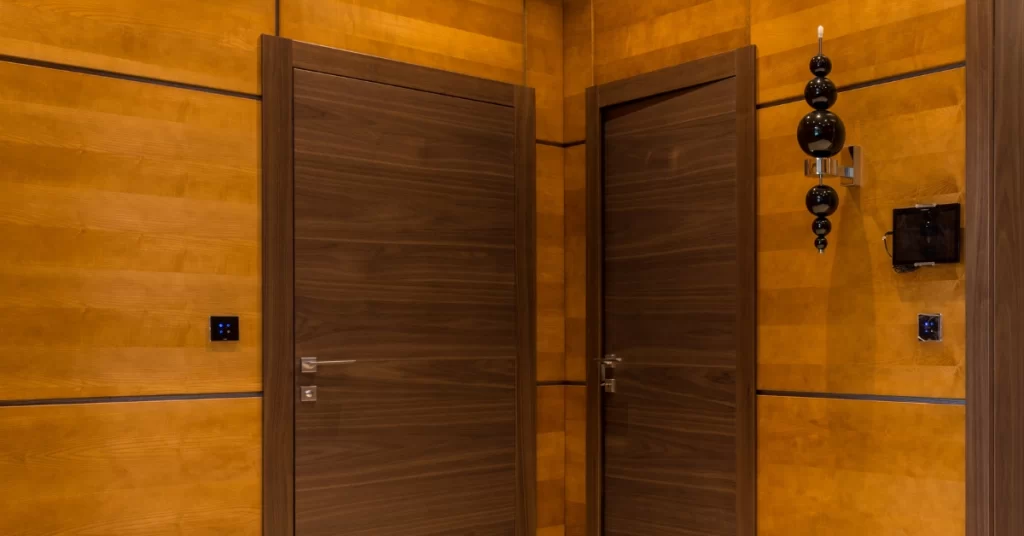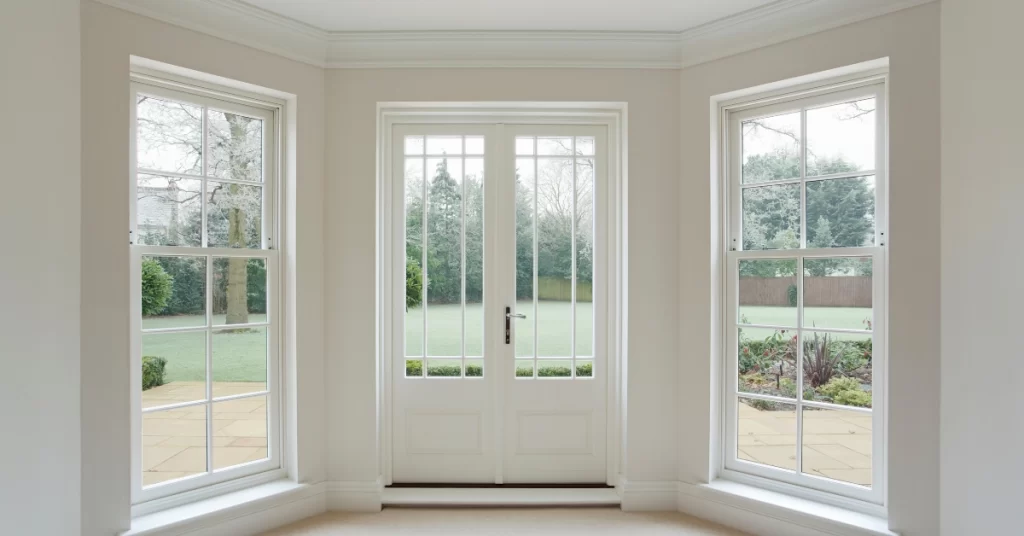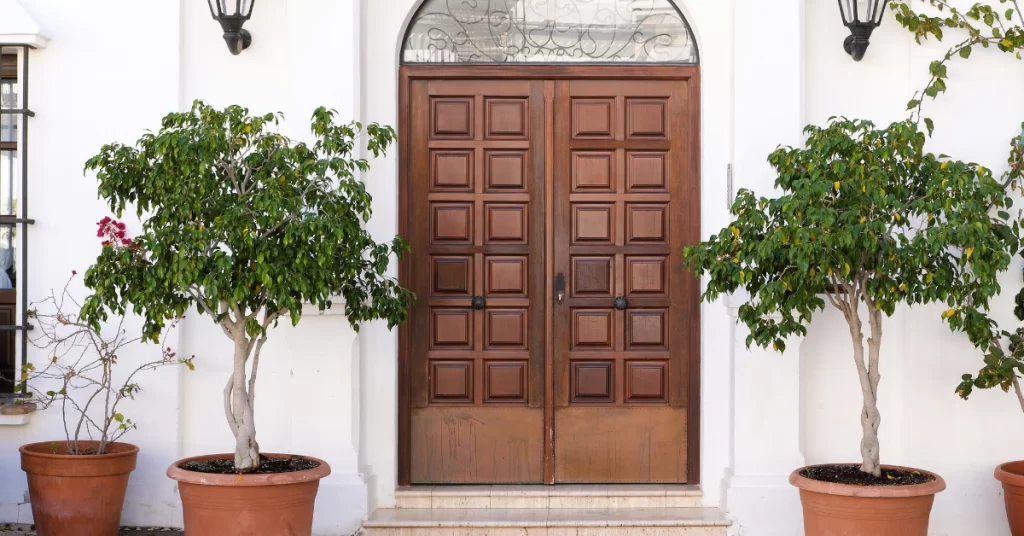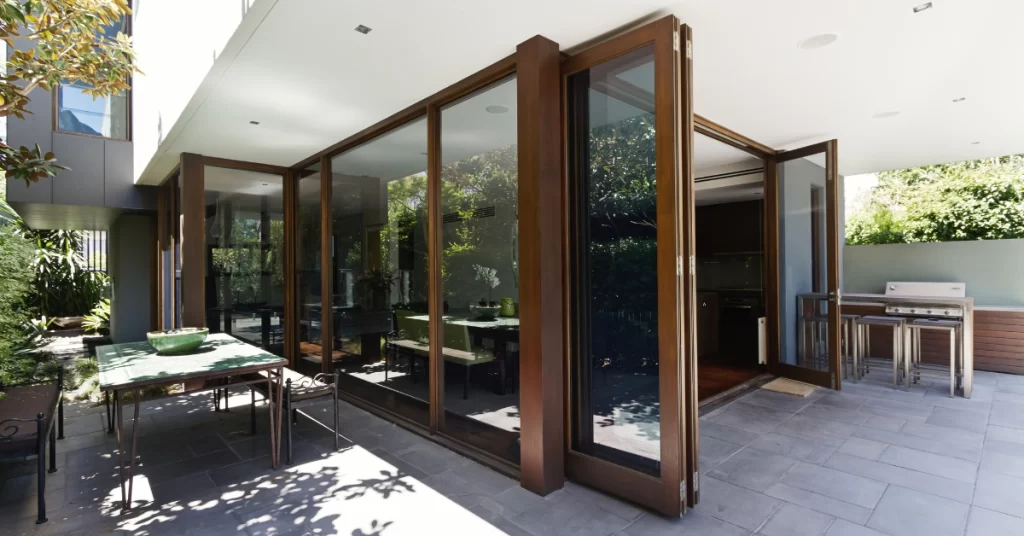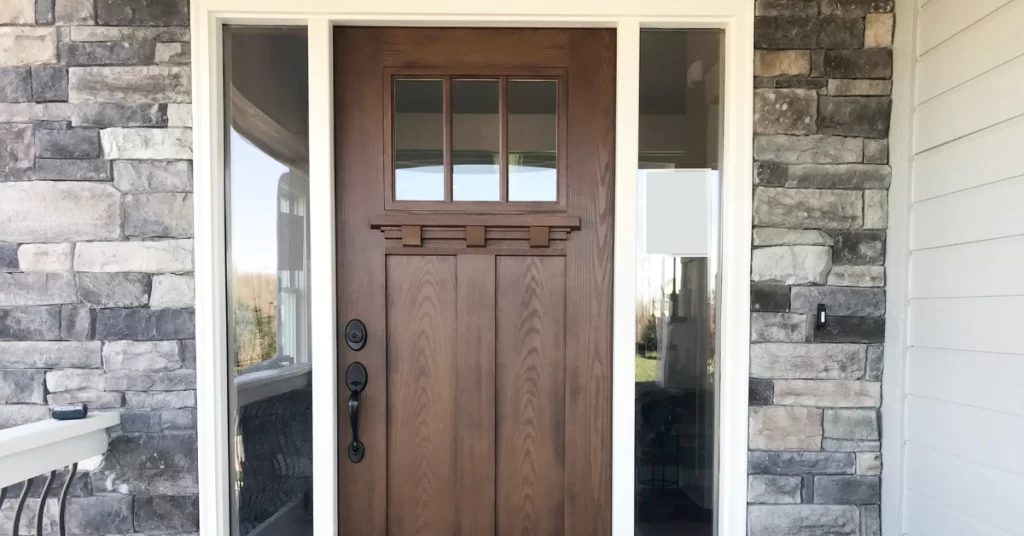Roofing square: A term in the construction industry referring to an area of 100 sqft. Simplifies calculations for roofing projects. Useful for determining size and cost of a project. Widely used.

Standardized measurement helps ensure precision in construction. Breaks down roof into smaller units, enabling contractors to estimate material quantities. Also facilitates communication between professionals, minimizing confusion or miscalculations.
For homeowners, knowledge of sqft in a roofing square helps make informed decisions. Allows budgeting effectively and fair contractor quotes. Helps understand scope of work and receive fair estimates.
History lesson: The concept of “roofing square” arose during medieval era. Building tradesmen used simplified measurement systems to expedite construction. This concept evolved into what we now know as roofing square. A unit convenient for estimating roof sizes.
Definition of a roofing square
A roofing square is a type of unit used in the construction industry to measure roof size. It doesn’t represent a real square, but rather equals 100 square feet. It’s used to calculate the materials needed for a roofing project. In North America, it’s the standard measure. Worldwide, there’re other systems.
When computing the number of squares for a roof, you have to round up to the nearest whole number. A seasoned roofer once told a story about a commercial project where he underestimated the squares. Resulting in not having enough material, it was a lesson to accurately estimate roofing squares and avoid costly mistakes.
So, when doing roofing projects, understanding and using roofing squares correctly is essential for success.
Conversion of roofing square to square feet
Roofing Square | Square Feet
————– | ———–
1 | 100
2 | 200
3 | 300
4 | 400
5 | 500
This table reveals the connection between roofing squares and square feet. It’s a helpful reference for anyone who needs to switch between these two measurements. Simply multiply roofing squares by 100 and you’ll have the area in square feet quickly.
It’s interesting that roofing squares started in the building industry. This unit made it simpler for specialists to quantify and calculate the materials they needed. This method became popular because of its convenience and precision.
Example calculations
Calculating measurements in roofing requires an understanding of how many square feet are in each roofing square. Here’s an example:
| Roof Size | Number of Roofing Squares | Total Square Footage |
|---|---|---|
| 10×10 ft | 1 | 100 sq ft |
| 15×15 ft | 2.25 | 337.5 sq ft |
| 20×30 ft | 6.67 | 1000 sq ft |
Remember, each roofing square is 100 square feet. Multiply the total square footage by 100 to get the amount of roofing squares needed.
Here are some tips for roofing projects:
- Accurate measurements: Get exact measurements to work out how many squares you need.
- Waste factor: Allow for any cutting or damaged materials. Add an extra percentage to your calculations.
- Professional help: If you’re not sure, consult experienced roofers for help.
By following these tips, you can estimate the right number of roofing squares for your project and avoid shortages or extra costs.
Importance of knowing the square footage in a roofing project
Square footage in roofing projects is a must. It helps with material estimation, such as shingles, nails, and underlayment. This stops wastage and saves money. It also helps plan labor and tasks for a quicker finish. And it’s useful for accurate pricing and comparing quotes.
Square footage doesn’t always match the physical dimensions of the roof. Factors like roof pitch have an effect on the area that needs roofing materials. Getting this right prevents delays caused by a shortage of materials.
Knowing the square footage can also show any potential structural issues with the existing roof. This helps avoid costly surprises later.
Tip: Measure the square footage multiple times for accuracy before starting. This prevents shortages or excess of materials which can cause delays or extra costs.
Conclusion
Roofing squares are key when it comes to understanding size. One roofing square is 100 sq. ft. of roof area. Contractors and homeowners use this to estimate costs and materials.
Shingles must also be considered. Usually, one bundle covers a third of a roofing square. To make sure you have enough, factor in this ratio when buying.
Pro Tip: Measure your own roof area by multiplying length and width. Divide the result by 100 to figure out the number of roofing squares needed.
Frequently Asked Questions
FAQs for “How many square feet in a roofing square”:
Q: What is a roofing square?
A: A roofing square is a unit of measurement for an area of roof. It is equal to 100 square feet.
Q: How many square feet are in a roofing square?
A: There are 100 square feet in a roofing square.
Q: How do I calculate the number of roofing squares for my roof?
A: To calculate the number of roofing squares, measure the length and width of your roof in feet and multiply them together. Then divide the result by 100 to get the number of roofing squares.
Q: Is the roofing square the same as a square foot?
A: No, a roofing square is not the same as a square foot. A roofing square is equal to 100 square feet.
Q: Why is a roofing square used as a unit of measurement?
A: The use of a roofing square as a unit of measurement makes it easier for roofers and contractors to estimate and price roofing materials, as many roofing materials are sold in increments of a roofing square.
Q: Can I convert roofing squares to other units of measurement?
A: Yes, roofing squares can be converted to other units of measurement. For example, one roofing square is equal to 9.29 square meters.
Related posts:
- Discovering the number of bundles in a roofing square for optimal installation
- Master’s Roofing In Lehigh County
- Understanding the Definition and Importance of a Square in Roofing
- Understanding EPDM Roofing: Benefits, Installation, and Maintenance
- The Cost of a Roofing Square: Everything You Need to Know



